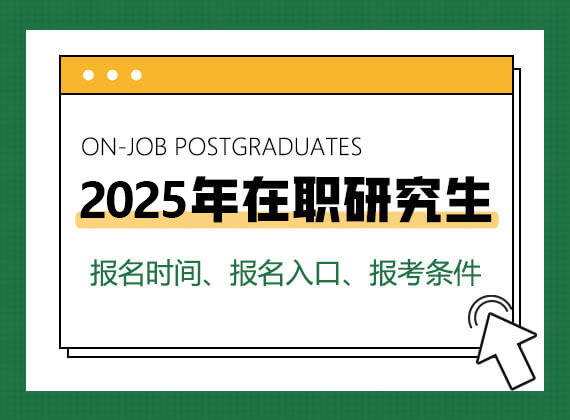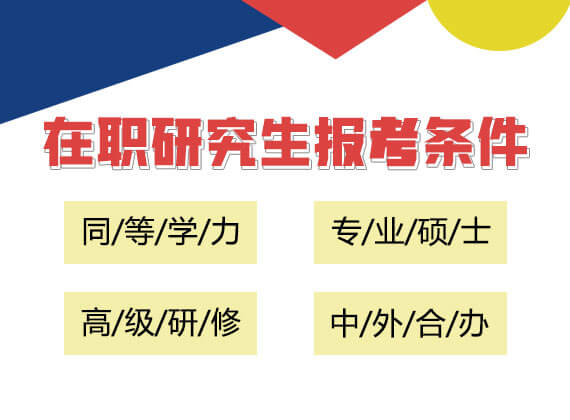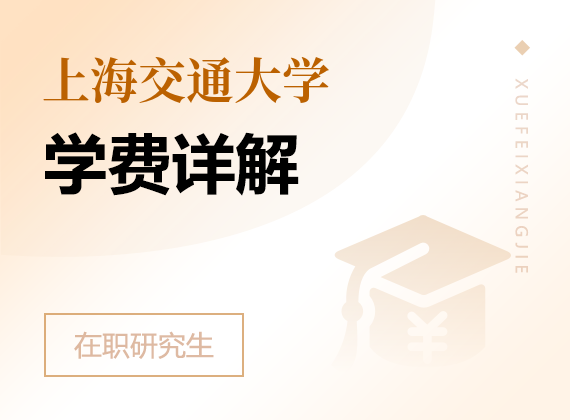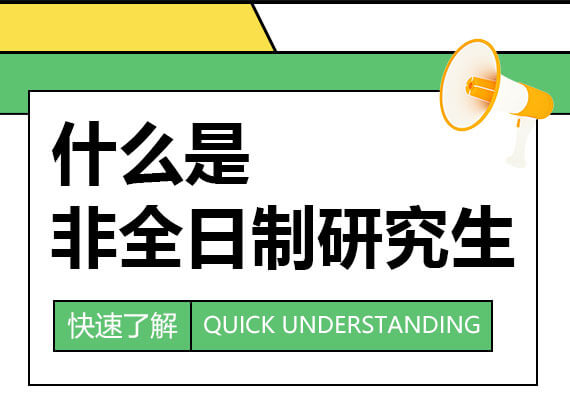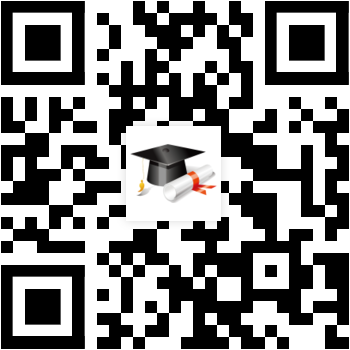2016年同等学力英语模拟试题
来源:在职研究生招生信息网 发布时间:2015-09-09 11:10:32
同等学力的英语考试当中,阅读理解是考试中难度最大的题型,也是所占分值最多的,中国在职研究生招生信息网的老师为2016年同等学力考生们提供了一篇英语阅读理解练习题,希望能帮助大家。
1. No one has _____ been able to trace the author of the poem.
A. still B. yet C. already D. just
2. More than one-third of the Chinese in the United States live in California, _____ in San Francisco.
A. previously B. predominantly C practically D. permanently
3. The new secretary has written a remarkably _____ report only in a few pages but with all the details.
A. concise B. clear C. precise D. elaborate
4. The managing director took the _____ for the accident, although it was not really his fault.
A. guilt B. charge C. blame D. accusation
5. The worker agreed to _____ the strike if the company would satisfy their demands.
A. call for B. call forth C. call off D. call up
6. I could just see a car in the distance, but I couldn't _____ what color it was.
A. look out B. make out C. get across D. take after
7. He has impressed his employers considerably and _____ he is soon to be promoted.
A. eventually B. yet C. finally D. accordingly
8. It was a great _____ for him to be pleasant to people he didn't like.
A. attempt B. trouble C. power D. effort
9. The firemen managed to _____ the fire in time.
A. extinguish B. prevent C. suppress D. ruin
Elderly people respond best to a calm and unhurried environment. This is not always easy to provide as their behaviour can sometimes be irritating. If they get excited or upset they may become more confused and more difficult to look after. Although sometimes it can be extremely difficult, it is best to be patient and not get upset yourself. You should always encourage old people to do as much as possible for themselves but be ready to lend a helping hand when necessary.
Failing memory makes it difficult for the person to recall all the basic kinds of information we take for granted. The obvious way to help in this situation is to supply the information that is missing and help them make sense of what is going on. You must use every opportunity to provide information but remember to keep it simple and straightforward. "Good morning Mum. This is Fiona, your daughter. It is eight o’clock, so if you get up now, we can have breakfast downstairs."
When the elderly person makes confused statements e. g. about going out to his or her old employment or visiting a dead relative, correct in a calm matter of fact fashion: "You don’t work in the office any more. You are retired now. Will you come and help me with the dishes?"
We rely heavily on the information provided by signposts, clocks, calendars and newspapers. These assist us to organise and direct our behavior. Confused old people need these aids all the time to compensate for their poor memory. Encourage them to use reminder boards or diaries for important coming events and label the contents of different cupboards and drawers. Many other aids such as information cards, old photos, scrap books, addresses or shopping lists could help in individual case .
10. The main subject of the passage about elderly people is ________.
A. their general care and welfare
B. promoting their physical and mental health
C. how they can be helped to look after themselves as far as possible
D. assisting people with physical problems to live a normal life
11. The passage give help for one. responsible for an elderly forgetful person by _______.
A. removing some of his or her worries about the job
B. suggesting sensible things to do in these circumstances
C. providing ideas that help in recovering the lost memory
D. explaining the causes of loss of memory
12. By "in a calm matter-of-fact fashion" (Para. 3) the author most probably means _______.
A. plainly and sensibly
B. by a detailed explanation of the mistakes
C. by showing sympathy and understanding
D. by ignoring them and talking about something else
13. Visual aids can give practical help to elderly people by ________.
A. bringing back to mind various kinds of useful information
B. informing them about what has to be done next
C. helping them to revive old memories
D. cleaning up their mistakes and confusion
Passage 3
When you close your eyes and try to think of the shape of your own body, what you imagine(or rather, what you feel)is quite different from what you see when you open your eyes and look in the mirror. The image you feel is much vaguer than the one you see. And if you lie still, it is quite hard to imagine yourself as having any particular size or shape.
When you move, when you feel the weight of your arms and legs and the natural resistance of the objects around you, the "felt" image of yourself starts to. become clearer. It is almost as if it were created by your own actions and the feelings they cause.
The image you create for yourself has rather strange proportions: certain parts feel much larger than they look. If you get a hole in one of your teeth, it feels enormous, you are often surprised by how small it looks when you inspect it in the mirror.
But although the "felt" image may not have the shape you see in the mirror, it is much more important. It is the image through which you recognise your physical existence in the world. In spite of its strange proportions, it is all one piece, and since it has a consistent right and left and top and bottom, it allows yon to locate new feelings when they occur. It allows you to find your nose in the dark and point to a pain.
If the felt image is damaged for any reason-if it is cut in half or lost as it often is after certain strokes which wipe out recognition of one entire side-these tasks become almost impossible.
What is more, it becomes hard to make sense of one’s own visual appearance. If one half of the "felt "image is wiped out or injured, the patient stops recognising the 3ffected part of his body.
It is hard for him to find the location of feelings on that side, and, Although he feels the doctor’s touch, he locates it as being on the undamaged side.
14. According to the passage, the "felt" image is ________ the "mirror" image .
A. much larger than
B. clearer than
C. less clear than
D. less important th3n
15. The felt image becomes clearer when you move, for ________.
A. your own actions create it
B. your actions become part of it
C. you are surprised by what you see in the mirror
D. moving is better than lying still
16. It is implied in the passage that people who are paralysed(瘫痪) must have very vague images of themselves because ________.
A. they lose their consciousness
B. they shut their eyes
C. they do not move
D. they look in the mirror
17. Which of the following statements is true?
A. Some patients who have had strokes cannot see one side of their bodies .
B. Patients who have had strokes are easy to imagine the "felt" images .
C. The strokes the writer writes about eliminate the whole of the "felt" image.
D. The strokes the writer writes about do not destroy feeling in the affected part of the body.
下一篇: 同等学力在职研究生管理科学与工程模拟试题







